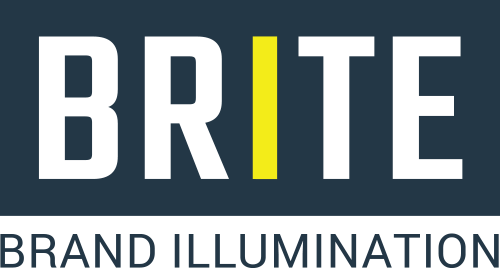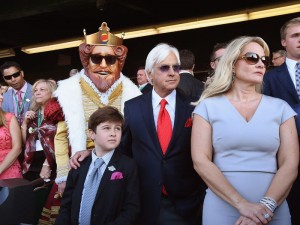I’ve always loved horse racing, and I have a passion for marketing, but while I watched the Belmont Stakes recently, I was floored by the guerrilla product placement.
After waiting 37 years for a Triple Crown winner, the first statement from jockey Victor Espinoza was how great he felt drinking Monster earlier that morning.
Brilliant product placement or annoying distraction? I can’t decide.
Product placement more aggressive
Product placement isn’t new, but it’s beginning to become more aggressive and evolve into the realm of guerrilla marketing. Samsung and Burger King are two recent giants to make such a move.
Samsung received tremendous exposure at last year’s Oscar awards when Ellen DeGeneres jumped into the audience to take a selfie with fellow stars. This preplanned photo went viral and served as a reminder to marketers everywhere that exposure and star endorsements can be powerful. Samsung paid $20 million for ads during the Oscars and in return was allowed to stage the selfie. Industry publications estimate that the value of the exposure is in the $1 billion range.
And, of course, there was Burger King. Their new strategy has been to reintroduce the mascot at major sporting events. Burger King reportedly paid $1 million to have The King be part of Floyd Mayweather Jr.’s entourage before his fight with Manny Pacquiao last month.
At the Belmont Stakes, trainer Bob Baffert received $136,000 for the Burger King mascot to sit in his booth. As part of the deal, Baffert insisted that the chain donate nearly $200,000 to the disabled jockey fund as part of the deal. This feels more like a win-win situation.
The owner of Triple Crown contender American Pharoah landed a record-breaking sponsorship deal with Monster Beverage giving the energy-drink maker a major presence at the Belmont Stakes.
Sports marketing firm Leverage Agency negotiated the agreement between owner Ahmed Zayat Stables and Monster. Financial terms weren’t disclosed, but according to ESPN, the deal is the largest endorsement contract ever struck for a single horse.
Monster’s logo appeared on American Pharoah’s blanket, Espinoza’s collar and the horse’s barn at Belmont Park. Zayat wore a Monster cap. It continued in the winner’s circle. Teary-eyed to see what the Triple Crown trophy actually looked like, I was fairly shocked to see Espinoza hold up the Monster can in tandem with the trophy. Yikes and Yippee at the same time. Monster got its money’s worth, but the question remains: At what point does tasteful turn into hawking your wares?
It will be interesting to see how much brand exposure Monster received in terms of dollars and cents, but we can guess. If we assume that a 30-second spot during the race is roughly $325,000 and that Monster received 10 minutes of viewing time, then Monster received at least $6.5 million worth of brand exposure on screen.
The bigger question is whether this aggressive product placement will erode or elevate the brands of not just Zayat, Espinoza and Baffert but also those associated with them such as the Belmont Stakes, National Thoroughbred Racing Association, the Triple Crown and The Jockey Club. Product placement works when brands share the same values. This guerilla marketing had a spillover effect into others.
Product placement and management should not be a bet but a well-thought-out sure thing.

